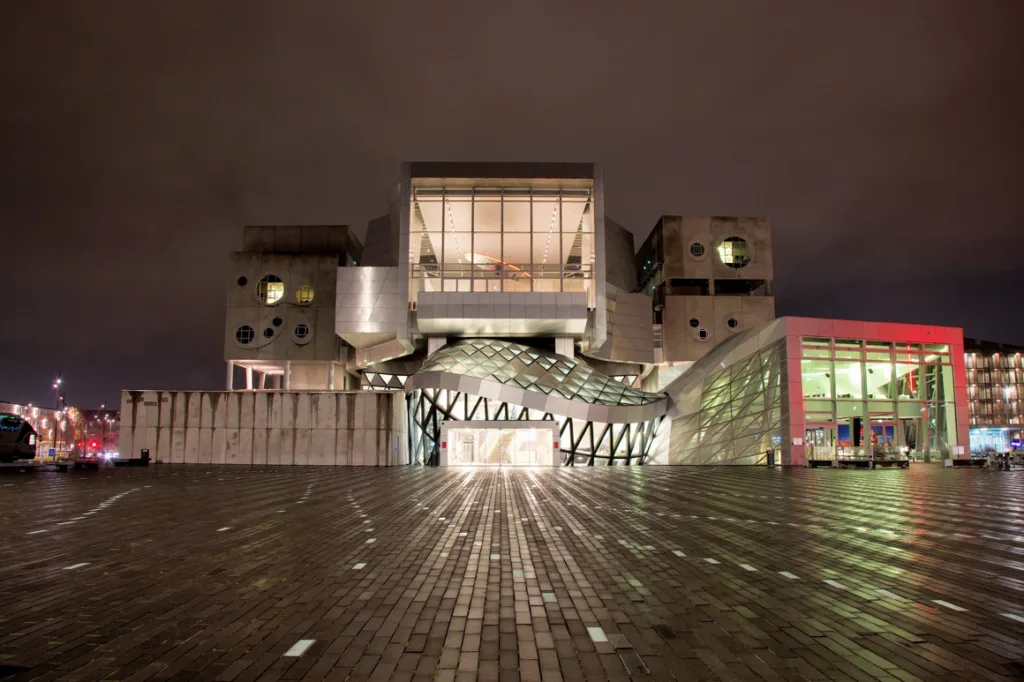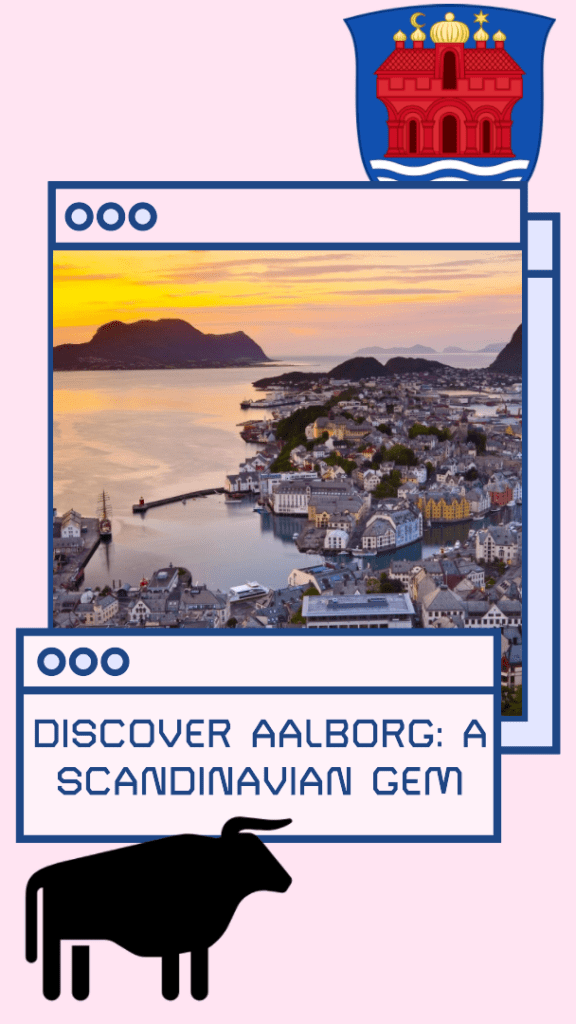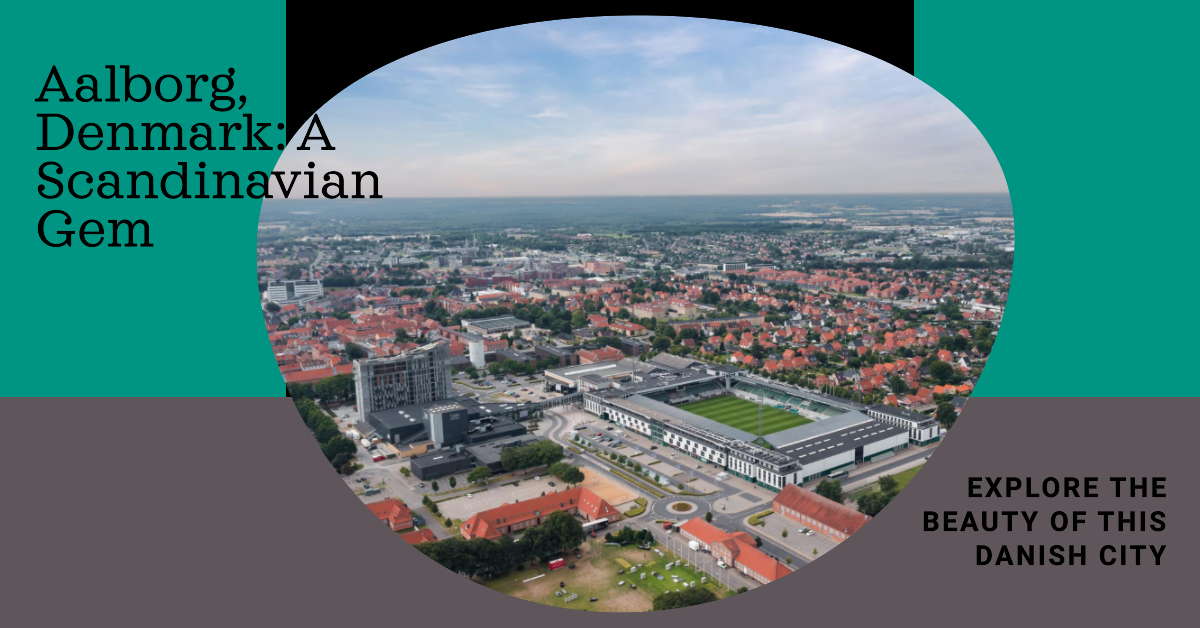Aalborg, Denmark: A Scandinavian Gem
Aalborg is a city that embodies the essence of Scandinavian charm and culture. With its rich history, stunning architecture, and thriving modern atmosphere, Aalborg has emerged as a must-visit destination for travellers seeking an authentic Scandinavian experience.
Brief History of Aalborg
Aalborg’s history dates back to the Viking Age when it was originally founded as a trading post around the 8th century. The settlement thrived due to its strategic location on the Limfjord, which facilitated trade and maritime activities.
Aalborg grew in importance during the Middle Ages. In the 14th century, it was granted the status of a market town and became a centre for trade and commerce. The construction of Aalborg Castle in the late 16th century further solidified the city’s significance.
During the Renaissance and into the modern era, Aalborg continued to flourish as a trading hub. The city’s shipyards, breweries, and factories played a crucial role in Denmark’s industrial development.
Aalborg played a role in World War II as a strategic target for Allied bombings due to its industrial facilities. The city suffered extensive damage during this period, but it was later rebuilt.
After the war, Aalborg underwent a period of reconstruction and modernization. The city’s urban landscape evolved with the addition of contemporary architecture and cultural institutions.
Today, Aalborg is a dynamic and thriving city known for its cultural diversity, vibrant arts scene, and harmonious blend of historical charm and modern innovation. It has become a prominent centre for education, commerce, and culture in northern Denmark.
Geography
The geography of Aalborg has played an important role in its history and development. The Limfjord has provided the city with access to the sea and has been a vital trade route for centuries. The hills and moors around the city have also provided a source of food and materials.
Aalborg is situated in the northwestern region of North Jutland, Denmark. It occupies a strategic position at the narrowest stretch of the Limfjord, a shallow strait that separates the North Jutlandic Island from the remainder of the Jutland Peninsula. This geographical feature connects Aalborg to the Kattegat, which lies approximately 35 kilometres to the east.
Near the waterfront, the terrain is characterized by its low-lying nature, with an average elevation of around 5 meters. However, the city and its surroundings boast numerous hills, some of which soar to heights exceeding 200 feet. Nørresundby, located on the northern side of Aalborg, is notably hilly in its topography.
Interesting Facts About Aalborg

Economy of Aalborg
Aalborg is a major economic hub in the North Jutland region of Denmark.
The city boasts a robust industrial foundation, encompassing a spectrum of manufacturing, production, and heavy industries. Among its notable products are machinery, metals, and chemical goods. Aalborg is particularly renowned for its cement production, with Aalborg Portland standing as one of the world’s largest cement manufacturing facilities.
Benefiting from its strategic position along the Limfjord and its proximity to the Kattegat and North Sea, Aalborg plays a pivotal role in maritime activities. The Port of Aalborg efficiently manages substantial cargo volumes and maintains trade ties with various Nordic nations.
In keeping with Denmark’s pioneering efforts in renewable energy, Aalborg actively participates in this movement. The region has made substantial investments in sustainable energy sources, notably wind power. Numerous enterprises are engaged in the development and maintenance of wind turbines and other eco-friendly technologies.
Aalborg’s educational institutions, notably Aalborg University, make substantial contributions to the economy by fostering research, innovation, and the cultivation of a highly skilled workforce.
Demographics
In 1672, its population stood at 4,181, experiencing gradual growth throughout the 18th century, with numbers reaching 4,425 in 1769, 4,866 in 1787, and 5,579 by 1801. By 1845, the population had expanded to 7,477, surging to 10,069 by 1860. The late 19th century marked a period of dramatic growth, with a notable jump from 14,152 inhabitants in 1880 to 31,457 in 1901. By 1930, Aalborg’s population had risen to 59,091, partly due to the amalgamation of Nørre Tranders, Rørdal Fabriksby, Øster Sundby, and Øster Uttrup into the city.
In 1950, the population reached 87,883, subsequently growing to 100,587 by 1970. A temporary dip occurred, with a population of 94,994 in 1976, but it rebounded in 1981 following the inclusion of Nørresundby, surging to 114,302. Population numbers have steadily increased since then. According to the census as of 1 January 2009, Aalborg boasted a total of 122,461 residents, with 101,497 residing in the city and 20,964 in the independent suburb of Nørresundby.
In 2021, the town’s population stood at 142,561 in total, with 118,871 inhabiting the city proper and 23,690 in Nørresundby. This ranks Aalborg as the fourth most populous city in Denmark, trailing behind Copenhagen, Aarhus, and Odense.
Aalborg Activities
Aalborg offers a captivating array of activities and attractions to explore. Aalborg promises a rich tapestry of experiences, blending history, culture, and natural beauty.
Aalborg Zoo
Aalborg Zoo is a family-friendly attraction with a wide range of animals from around the world. The Zoo is home to over 1,500 animals from over 126 different species.
Aalborg Historical Museum
Explore the history and culture of Aalborg and the surrounding region at the Aalborg Historical Museum. The museum has a collection of over 100,000 objects and features exhibits on Viking history, local folklore, and more.
Aalborg Waterfront
Stroll along the picturesque waterfront area of Aalborg. You can enjoy scenic views, relax in parks, or dine in one of the many waterfront restaurants and cafes.


